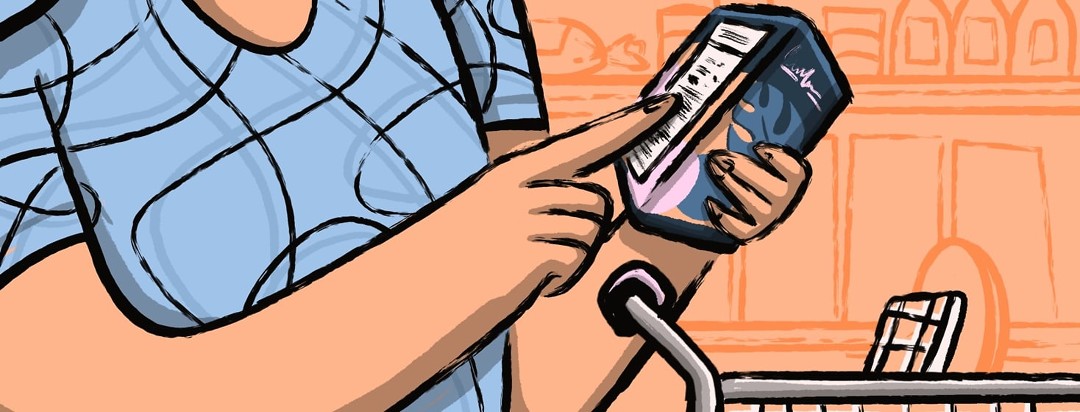Reading Food Labels
Reading food labels can be confusing and frustrating. They are not written to be easy to decipher or for someone with a chronic illness. As a diabetic, you have to read food labels, but reading labels can sometimes make one feel like there is nothing you can eat. I have put back so many “healthy” foods once I look at the label.
Reading food labels with type 2 diabetes
Here are a few tips on what I look for on food labels to help decided what I am going to buy or put back on the shelf.
Carbs
One gram of carbs is 4 calories.1 Naturally, as a diabetic, I look at grams from carbs. However, carbs are not as simple as they seem. There are total carbs, dietary fiber, sugar, and added sugar to take into account. Total carbs do not account for what effects your blood sugar. You need to subtract fiber from the total carbs. This is the amount that affects your blood sugar levels.
Sugar is sometimes on the label and that is the amount of sugar in a product. This does not always mean its only natural sugar. It can also mean processed sugar that is used to make the product. Take cookies, for example, they will say the amount of sugar, but not added sugar even though it is all added. Added sugar is usually in addition to natural sugar such as a product with fruit. Fruit does have some sugar, but when sugar is added to it, that sugar is under added sugar.1
One last note on carbs. While you do subtract fiber from total carbs, you do not add sugar or added sugar to the total carbs. They are already included.
Protein
Protein has 4 calories per gram. I have heard diabetics say we need to limit protein, and in the same statement watch carbs and fats. My response to that is if this is true, where do I get my calories for basic survival? My answer to that is protein. I am not advocating for keto, but I do believe protein is a good way to help you feel full and get in healthy calories.1
Protein is pretty basic on a label. There are no subcategories. Just be wary of items claiming to be “high protein” and only have 8 or so grams of protein. This would be 32 calories. Many of these have a lot of calories in carbs and fats. Most, if not all meats, have over 20 grams of protein in a 4-ounce portion.
Fats
Fats have 9 calories per gram. It is generally accepted that not all fats are created equal. When looking at the fats in a product, it is important to note if they are saturated or not. Most people will agree that saturated fats in large quantities are not good, but your body does require some for things like hormone production. Mono and polyunsaturated fats are healthier but do contain a lot of calories and while they should be the bulk of fat consumptions, you need to limit them to stay in a healthy calorie range.1
Generally, labels will tell you grams from fat and break down how many are from trans and saturated fats, sometimes adding mono and polyunsaturated fats. You doctor or nutritionist should be able to give you a total and saturated fat limit for the day, both of which you can easily find on all labels.
Serving size
Serving size does not mean how much you are supposed to eat in a sitting. It is just a way for the manufacturer to break down the contents of the product in grams of each nutrient and calories. It, in no way, is what they suggest you eat in a sitting. Do not be fooled by this and eat more than you want or need to.

Join the conversation